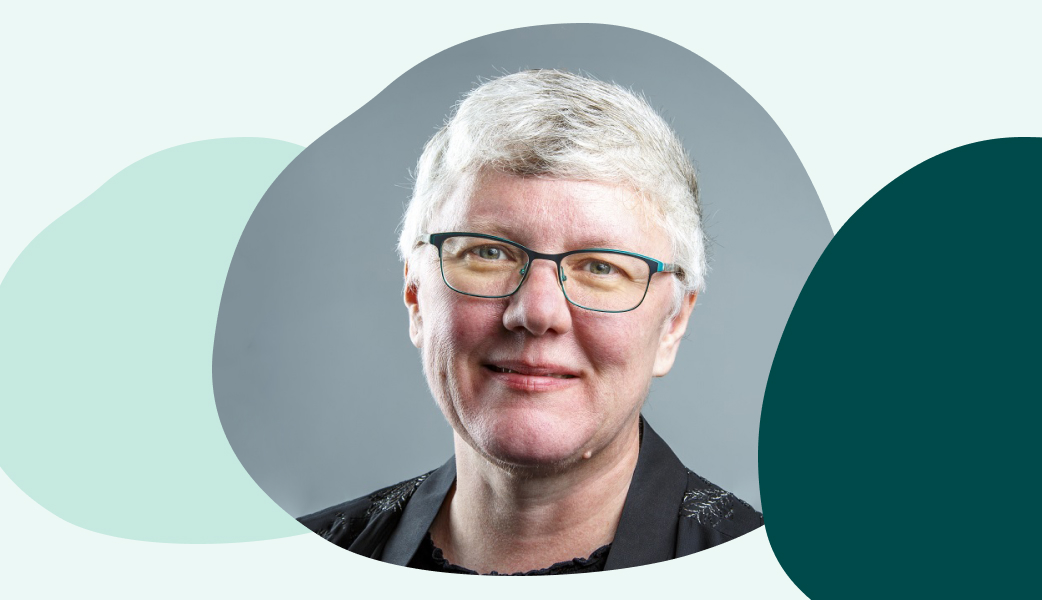2025-08-08
Blog
Machine translation (MT) has revolutionized how we access and understand content across languages. But how do we know when it’s safe to rely on these tools, especially in high-stakes environments like health care?
We spoke with Lynne Bowker, a leading expert in machine translation literacy, to explore the limits of machine translation, its applications in health care, and how users can make more informed choices.

Lynne Bowker initially trained as a translator, and has maintained her professional certification to work from French into English. Her area of specialization is scientific and technical translation. “So it probably won’t surprise you to learn that during my bachelor studies, I developed an interest in computers and then decided to pursue graduate studies at the intersection of translation and technologies.” she explains.
“Of course, the technologies have evolved a lot in the period since I was in graduate school, and I have continued to participate in the study, development and application of language technologies.”
Pop culture often paints a glamorous picture of machine translation. Think of the instant translators in Star Trek or Doctor Who. But real-world translation is far more nuanced.
“Translation is much more than just replacing words from one language with another,” Bowker explains. “It requires deep subject matter knowledge, cultural awareness, and context. Personally, I am a very big fan of machine translation, but with the caveat that it’s essential to use the technology in an informed and responsible way.”
While today’s machine translation systems use advanced AI models to generate seemingly fluent text, they don’t actually understand language. Instead, they rely on probability, pattern recognition, and vast amounts of training data. The results can be surprisingly accurate, or completely off-base.
"The problem for users is that it can be quite unpredictable. Just because you had great results the last time you used a machine translation tool, there is no guarantee that the next time will be a success." says Bowker.
And this unpredictability is a risk.
One of the biggest risks of using machine translation is assuming it's always reliable. Even if it works perfectly once, it can fail in the very next sentence. One of the most important skills to develop if you plan to use machine translation is risk assessment.
“Think about the consequences of getting the translation wrong – and what’s at stake” Bowker cautions.
For instance:
The higher the stakes, the less likely it is that unedited machine translation is the right choice.
In health care, the difference could mean serious harm to a patient, or worse. This is why machine translation in high-stakes areas such as health care must be approached with caution, and why machine translation literacy is such a vital skill for healthcare professionals and patients alike.
While Bowker hasn’t personally deployed machine translation in medical environments, she has followed research in this area closely and spoken with healthcare professionals testing MT tools.
“Healthcare providers tend to be appropriately cautious,” she notes. “But patients may not be as well informed. That imbalance can lead to risks if people don’t understand the limitations of the tools being used.”
In emergency situations, where no interpreter is available, MT might be better than nothing. But it should never be the default solution without evaluating the context and risks. For example:

So what do you do if you need to use machine translation in health care? Well, there are ways to reduce the risks:
“A hospital or clinic could invest in a trained MT tool tailored for medical translation. This is very different from using free online tools.” Bowker explains.
Being machine translation literate means understanding both the strengths and limitations of these tools. Here are a few tips from Lynne Bowker:
“Letting others know they’re reading a machine translated text helps them decide how much trust to place in it," Lynne emphasizes. "That’s part of building machine translation literacy.”
Whether you're a healthcare provider, administrator, or simply someone curious about how machine translation works, there’s never been a better time to learn. The Machine Translation Literacy Project offers a range of free, accessible resources to help users become more informed and confident in their use of MT tools.
Visit the project site here: https://sites.google.com/view/machinetranslationliteracy/
Or watch our recorded webinar with Lynne Bowker – "Machine translation literacy - best practices and use cases".